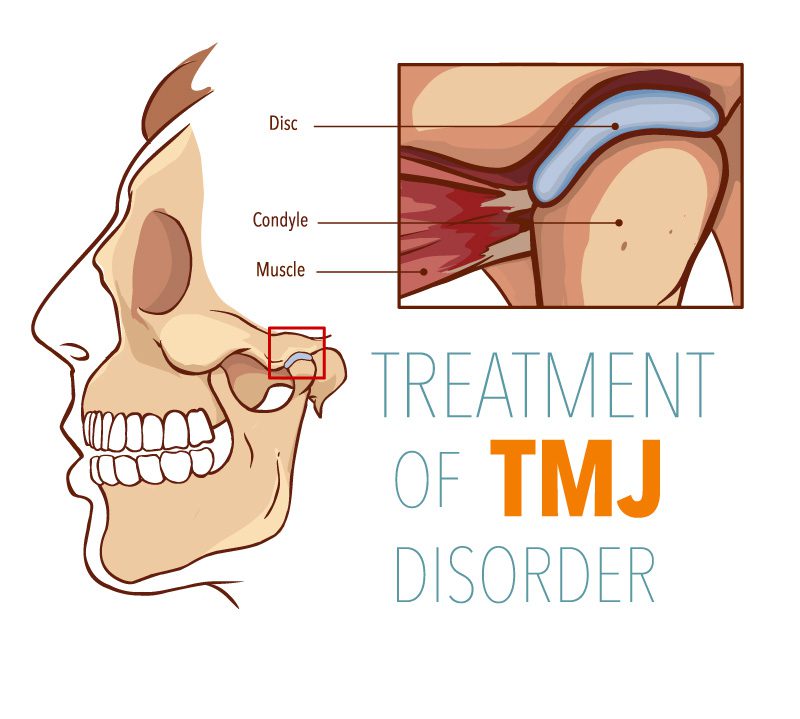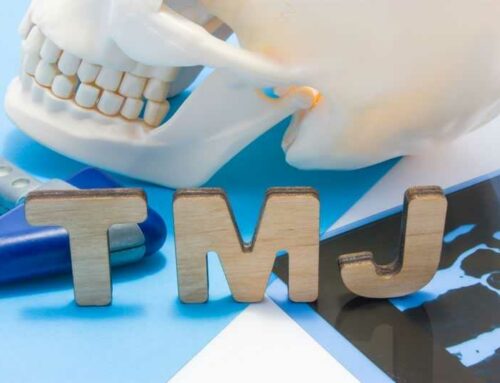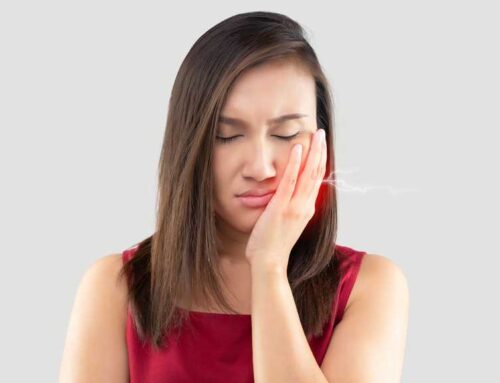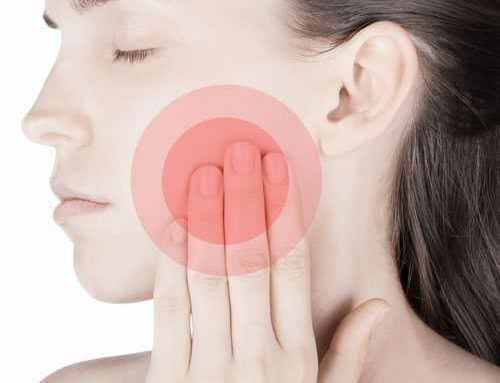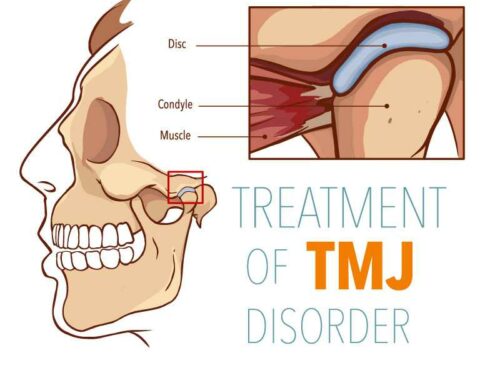Temporomandibular joint syndrome or TMJ pain causes more pain to people on a daily basis in today’s society. TMJ disorder and TMD both refer to problems with your jaw and the muscles in your face that control it. In our latest blog post, we look at how to treat TMJ pain most efficiently.
What Causes TMJ Ear And Jaw Pain?
TMJ may be the result of hormonal, environmental and genetic reasons. Other reasons can include:
- Physical injury
- Arthritis
- Grinding or clenching the teeth during sleep
- Auto immune diseases
- Dental surgery
- Infections
- Poor posture
- Degenerated discs of the spine
How To Treat TMJ
A doctor will diagnose TMJ syndrome by taking the patient’s medical history and doing a physical exam to find the cause of the symptoms. Once the cause is found, the treatment can effectively begin.
The Following May Provide Relief For TMJ Pain:
- Ice Packs
Ice or cold packs to the area of the joint helps to ease the pain. - Exercise
This includes massage or gentle self-stretching of the jaw and neck muscles. A doctor or physical therapist can recommend appropriate stretches. - Moist Heat
Start applying moist heat to the side of your face and temple. This can help to relax the tight muscles that may be causing the spasms. - Over-The-Counter (OTC) Non-Steroidal Anti-Inflammatory Drugs (NSAIDs)
OTC and NSAIDs can include drugs such as ibuprofen or naproxen and other pain relievers. - Adjusting Patient Behavior
Eating soft foods and avoiding the chewing of gum may help to relieve, and even avoid the pain. - Dental Splint (Occlusal Splint Or Bite Guard)
This is a dental appliance that can be placed in the mouth that keeps the teeth in alignment and prevents tooth grinding. - Physical therapy.
The Head And Neck Centers Of Excellence For TMJ
At The Head and Neck Centers of Excellence, we combine the best of physical movements and digital technology to focus on the cause of TMJD. Using the A.S remodeling protocol, the position of the Neck is gently shifted, delicately stretching the ligaments and tendons to their more natural position to take pressure off the jaw. Simultaneously, the facial and inner jaw muscles are rehabilitated giving room for comfort and change. It’s Gentle and medication free. We strive to attack the cause of TMJD, not the effect. For more information on how to treat TMJD, contact us today.

